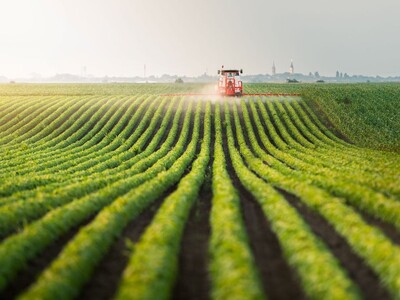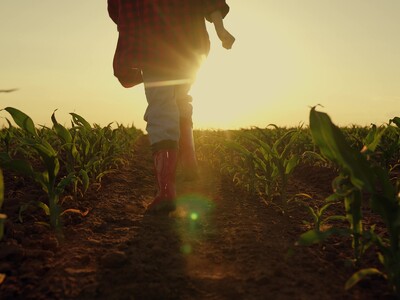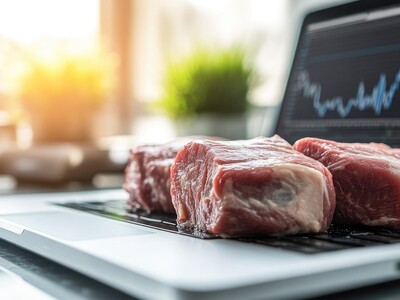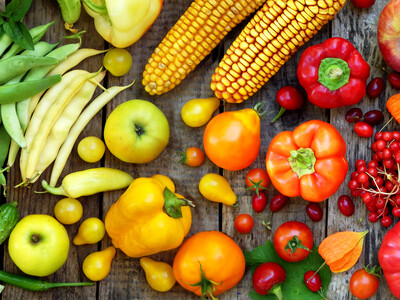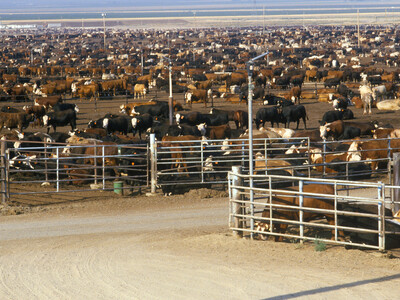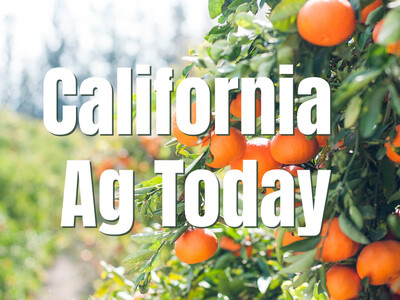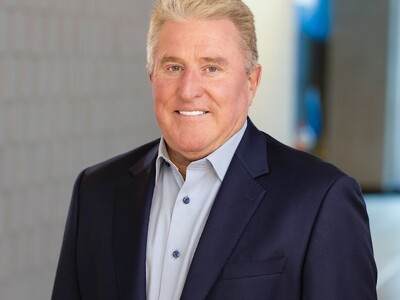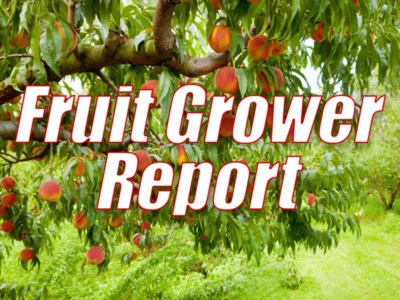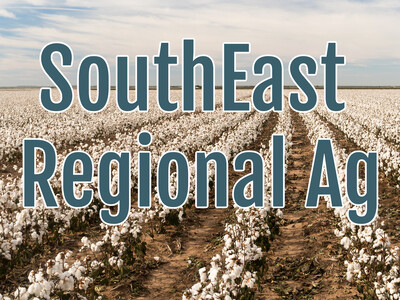Feeding the Hungry
Feeding the Hungry. I’m Greg Martin with today’s Line On Agriculture.
Oregon farmers and ranchers continue putting food on the plate for many of the state's most vulnerable citizens, even as the need for hunger assistance reaches unprecedented levels. Donations from organizations like Farmers Ending Hunger remain strong despite the fact that the agriculture industry is not immune to a struggling Oregon economy. This year's efforts are approaching the record setting mark of 2.1 million pounds donated to the Oregon Food Bank set in 2009. That's a big boost, says Rachel Bristol, executive director of the food bank.
BRISTOL: We've seen the trend to moving toward more fresh, frozen, ready-to-serve. The bulk of our donations are coming from Oregon's food industry.
Nearly a million people, or 7 percent of Oregon's population, are eating out of emergency food boxes at some time during the year. While demand is up, Oregon's producers are ready to help.
BURT: When presented with the issue- with the knowledge and the awareness that a problem likes this exists- farmers, the ranchers, the food processors, the agriculture industry will step up.
John Burt is with Farmers Ending Hunger. As the year draws to a close, the group has donated 660-thousand pounds of potatoes, 350-thousand pounds of onions, 165-thousand pounds of fresh vegetables, 130-thousand pounds of beef, and enough wheat- with the help of the Oregon Wheat Foundation- to provide 225-thousand pounds of pancake mix. That helps what is routinely ranked as one of the nation's five hungriest states. Bristol says the Oregon Food Bank has built up the network's capacity to handle bulk products donated by the state's farmers and ranchers by purchasing freezers and refrigerators.
BRISTOL: We bring in truck loads of product, a lot of fresh food from farmers. In fact, in this state, we've had to get ahead of the curve nationally in being able to handle fresh and frozen product.
Burt says Farmers Ending Hunger has been successful in its four years of operation. But to reach the need, the public needs to help:
BURT: But we need the public to be involved in this sort of ‘adopt an acre" way of helping cover the cost of getting the product from point A to point B, and then put it in what I call a food-box friendly form.
That’s today’s Line On Agriculture. I’m Greg Martin on the Ag Information Network.




